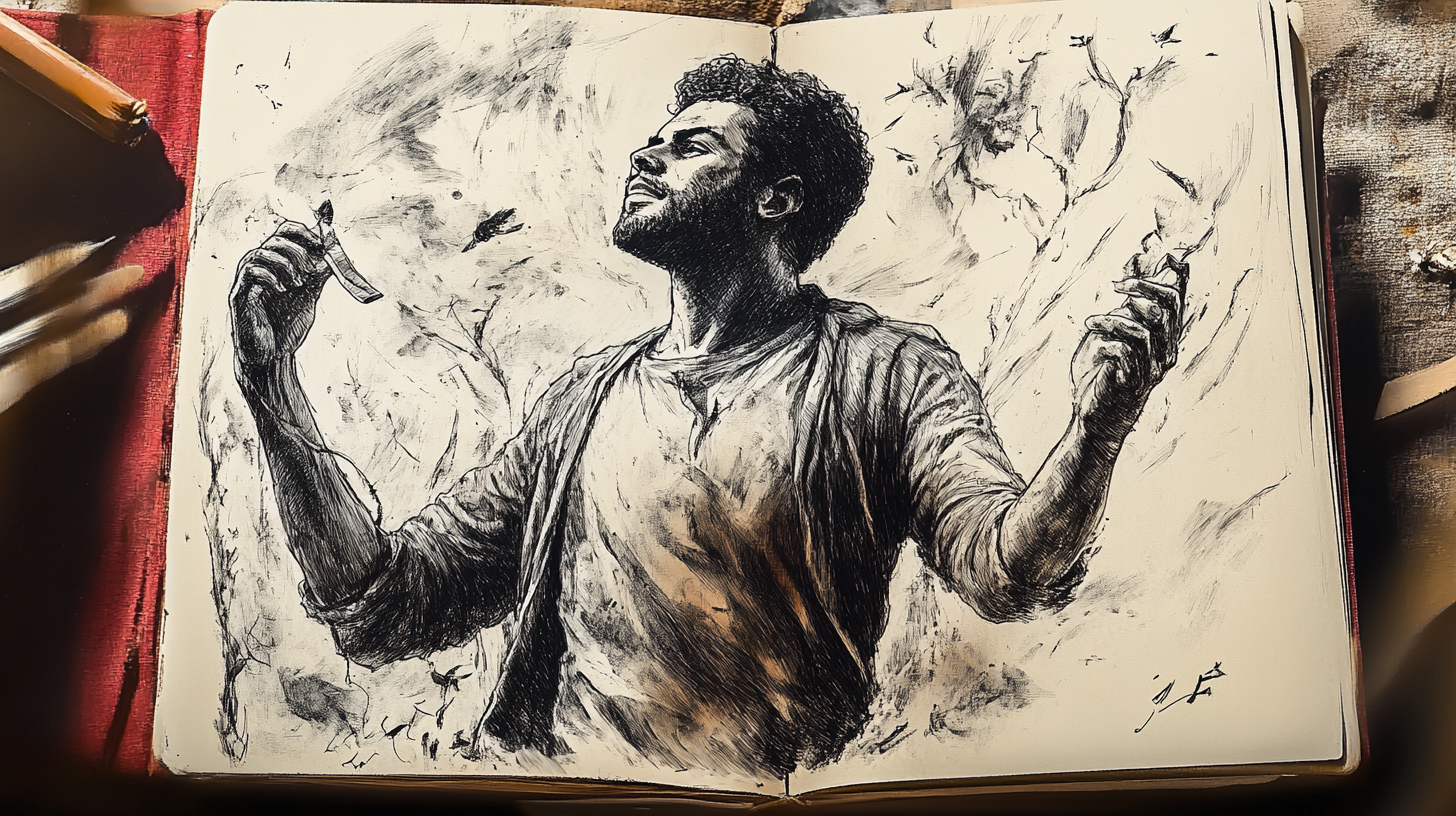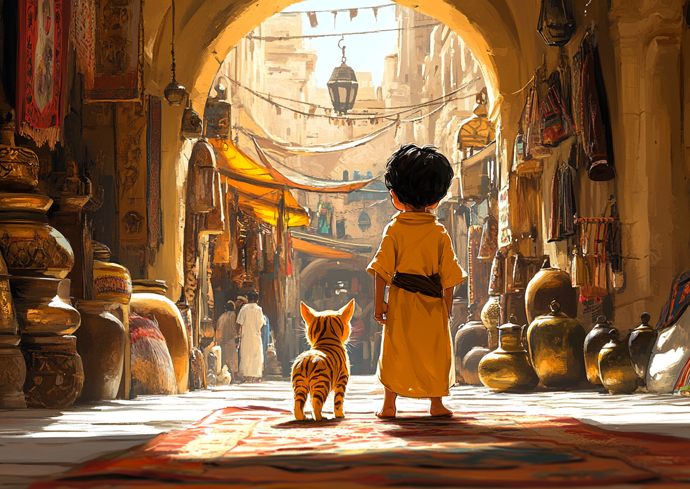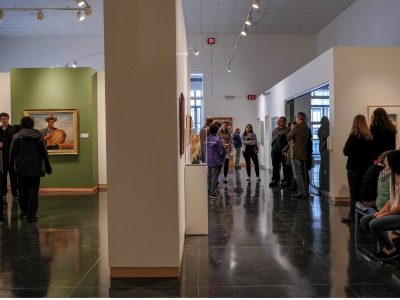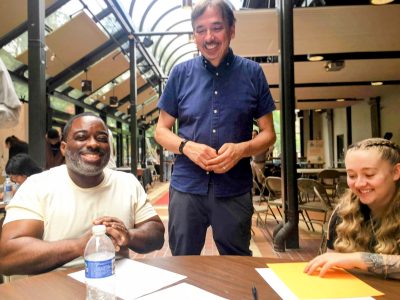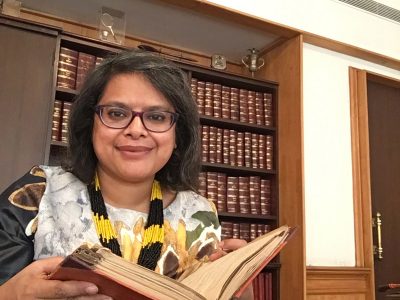How Artists Are Embracing Artificial Intelligence to Create Works of Art
Artists have always embraced new technologies to push the boundaries of their creations—balancing imagination and authenticity with innovation.
Artificial intelligence (AI) is no different, says Rebecca Xu, professor of computer art and animation in the Department of Film and Media Arts in the College of Visual and Performing Arts.
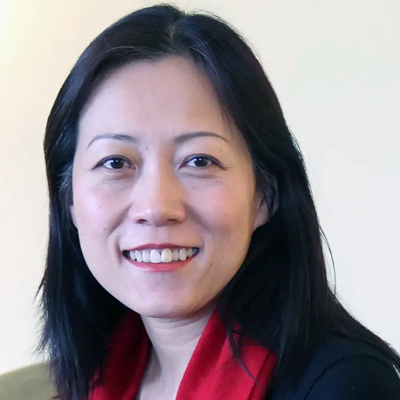
Xu’s research explores how emerging technologies, particularly AI, can enhance the creative process for such art forms as artistic data visualization, visual music, digital performance and interactive installations.
Over the years, Xu has conducted experiments with generative programming and AI, and her animated work “Péripéties: Fragile Sovereignties” has been featured in national and international exhibitions, including the upcoming International Joint Conference on AI in Montreal.
While some in the creative fields are reluctant to embrace AI, Xu says the sooner artists learn to work with and adapt to AI, the sooner they will benefit.
“It’s another tool we can use with our creative practices. I’m exploring ways to integrate it into my own,” says Xu, who has taught undergraduate and graduate-level classes on using AI in the creative process.
“A lot of students fear AI, but I want to teach my students how to use AI to their advantage.”
Xu sat down with SU News to reflect on AI’s influence on the arts and share her advice for how students should incorporate AI into their artworks.
AI Is Having a Positive Impact
“Some people see AI replacing human creativity. Other people see AI enhancing creativity. I’m on the side that AI is having a positive impact.
“Being in the field of digital art, I’m always dealing with the impact of new technology. AI is not that different from other technological enhancements. Through innovation, AI can enhance human creativity. But it does raise questions about what constitutes human versus machine creativity, whether machines can have true creativity, and how we define creativity itself.”
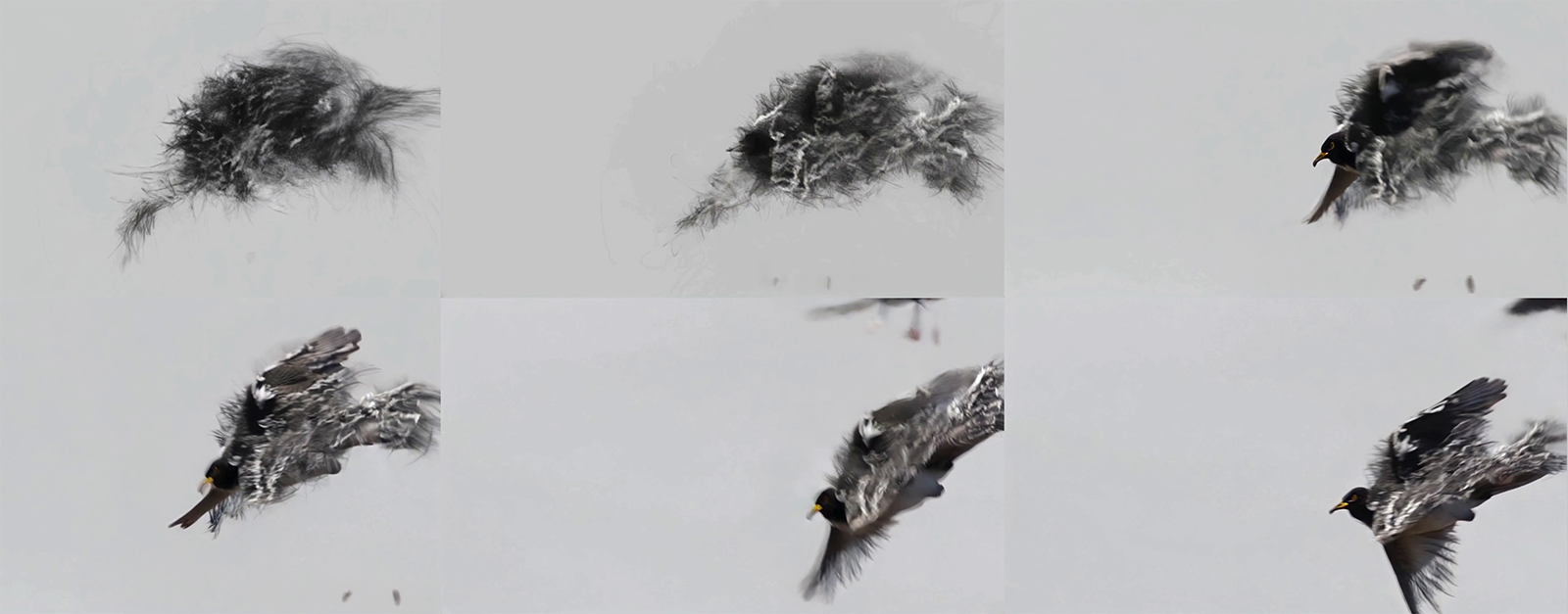
Take the Camera, for Example
“When the camera first came along, it shook up the art world the same way AI is shaking up creativity right now. Before the camera, painting was the primary visual art form to capture reality. The camera changed everything. Many traditional painters, particularly those who focused on realistic paintings, thought cameras were taking over and meant their work had no meaning. But that wasn’t true.
“The invention of the camera helped artists create new ways to express themselves. When new technology or techniques come along, that’s when you start to see new art forms; that’s how we progress and move forward in the art world.
“Art is always about self-expression. Whether you use a camera, a paint brush, clay or computer software and AI, those are the media and different means for creating art. The content and how you communicate through your art is the most important thing.”
Generating Ideas and Inspiration Through AI
“Start in the preproduction phase to utilize the advantages of AI. With my animation classes, I have students develop a concept, a story, concept art and character designs, areas where AI can really help by offering inspiration and possible directions to explore. They can try out different visual styles and designs to see which ones best fit their idea.
“AI is also a very good training tool for the technical skills they need for the production phase. What is the difference between a long, medium and close-up shot? How do you put those elements together? AI offers useful tools, but you still need to produce your own original work instead of using something generated by AI.
“I would encourage people, particularly in the creative fields, to embrace AI as a collaboration tool. But not everybody needs to use AI. There’s a misconception that if you don’t use AI, you are outdated or less of an artist. That’s not true. Traditional art forms—paintings, ceramics and sculptures—retain their own values, and I think the current integration of AI makes us value traditional artwork even more because of the human touches and the lived human experiences that shaped the art form are irreplaceable. But AI can open up new ways to create, teach and experience art.”
